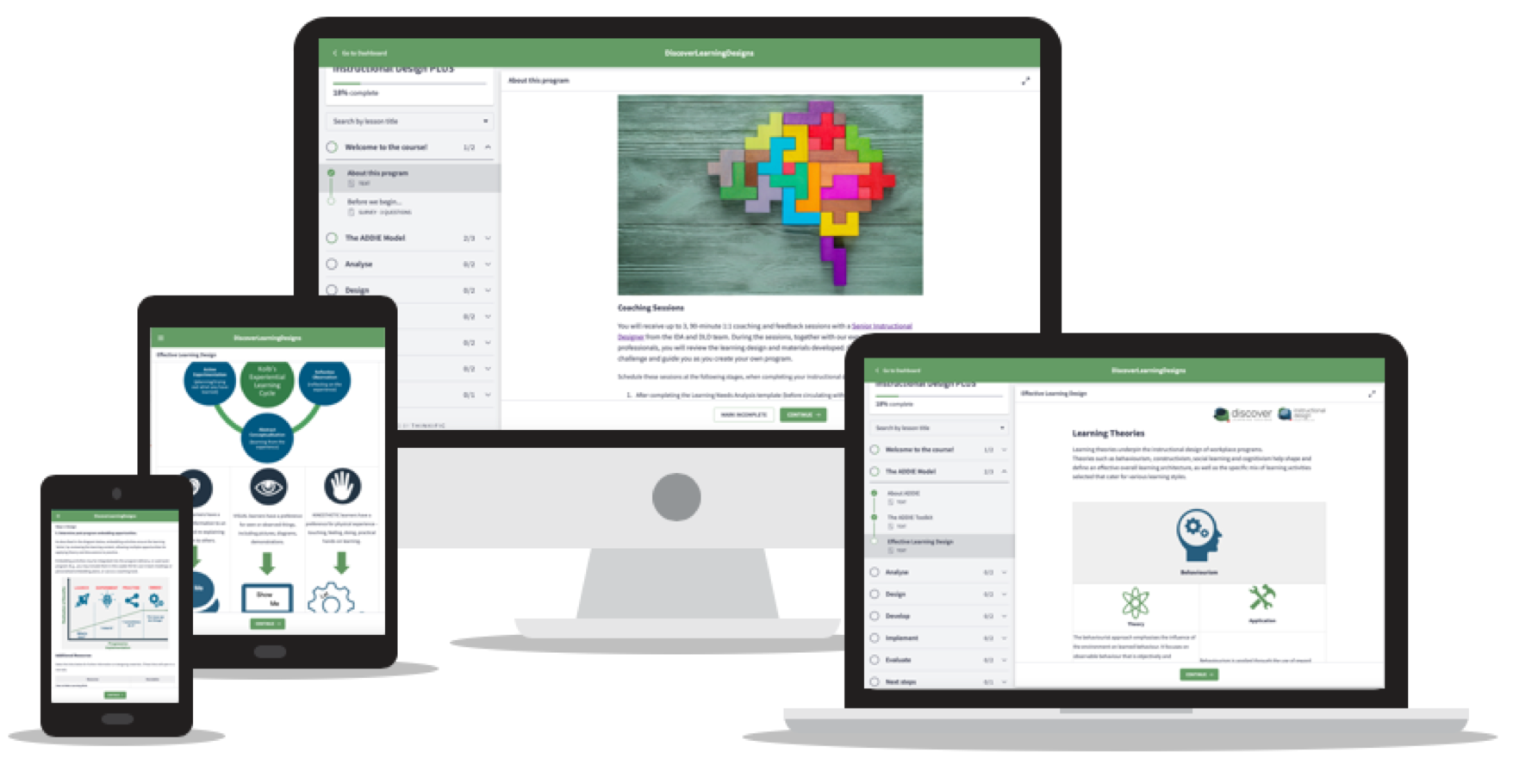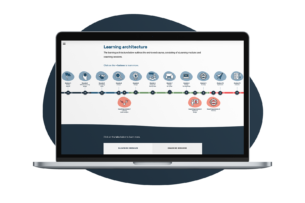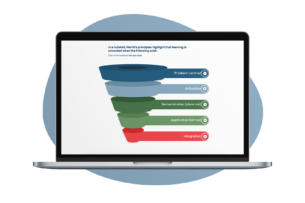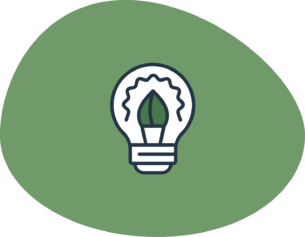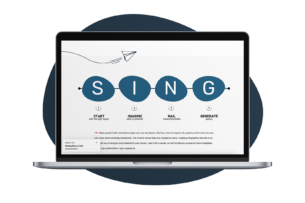Instructional Design
What do instructional designers create?

Pre-work activities
Tasks like preliminary readings or online quizzes designed to prime learners for the main content.

Evaluation tools
Tools used to measure the effectiveness of a program.
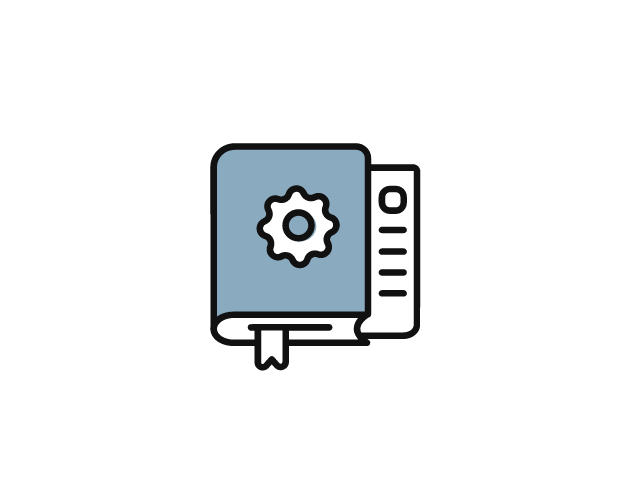
Facilitator guides
Guides consisting of a program overview and session plan/s to support facilitators in teaching and delivering content.

Feedback tools
Methods to collect and analyse learner feedback to refine and improve a program.
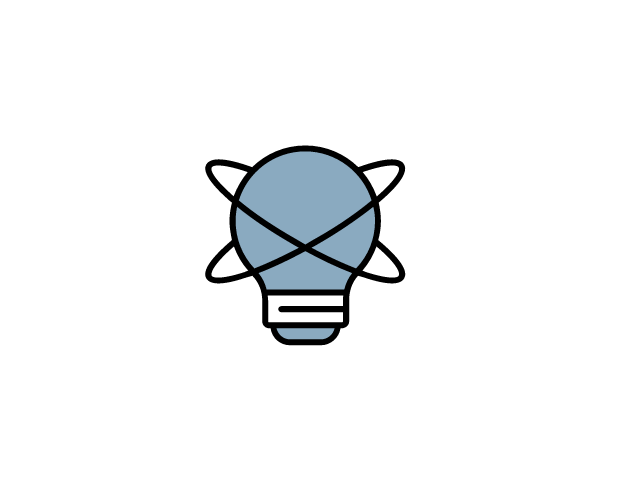
Pre-work activities
Tasks like preliminary readings or online quizzes designed to prime learners for the main content.
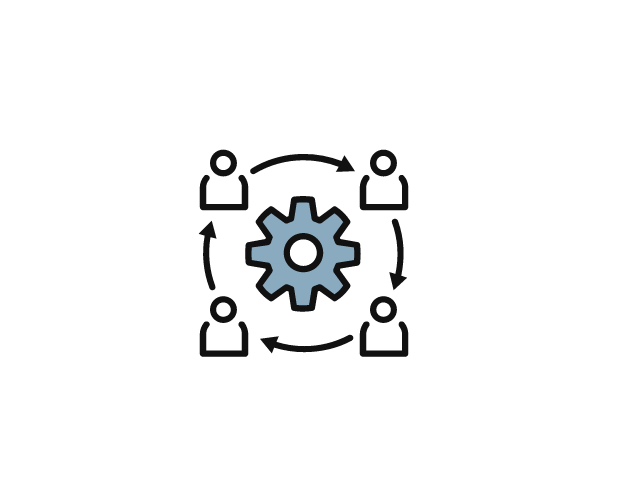
Scenario-based activities
Real-world challenges mimicked for decision-making practice.
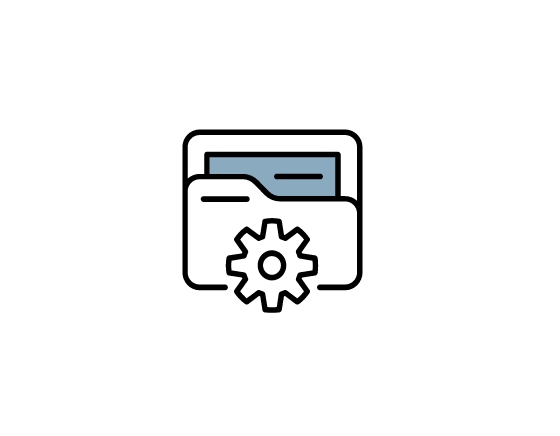
Case studies
In-depth investigations of a single person, group, event, or community used to apply concepts, foster critical thinking and bridge the gap between theory and real-world application.
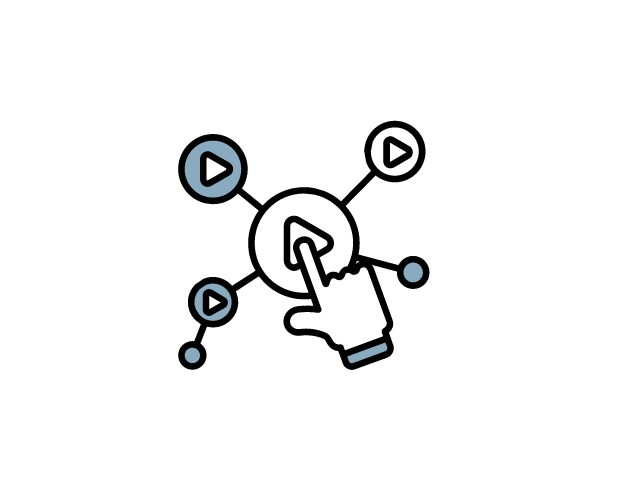
Microlearning
Short, focused learning segments designed for quick consumption and immediate application of specific skills or knowledge.
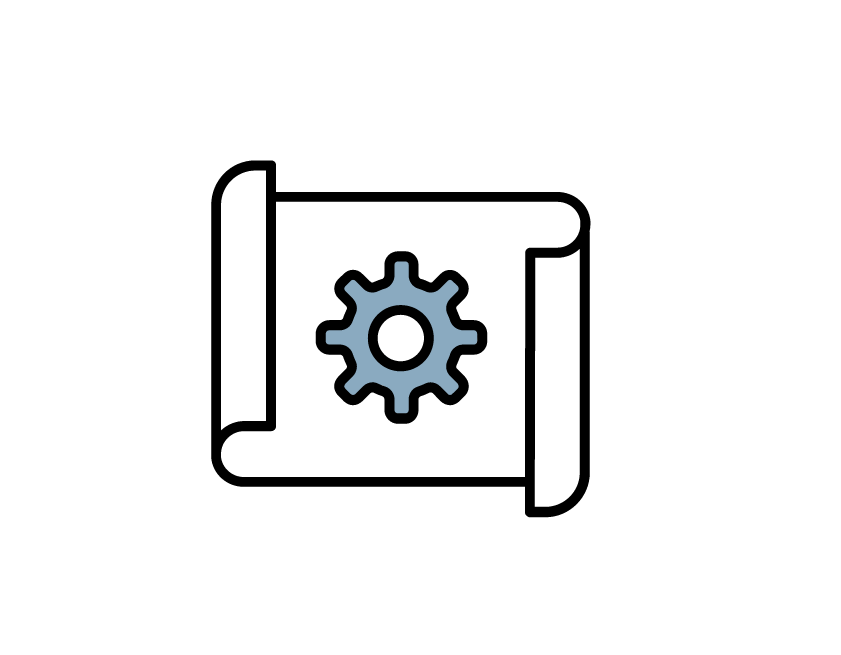
High level designs
A ‘blueprint’ of the learning solution, including topics, timings, key activities, resources, learning materials to be developed and the evaluation strategy.
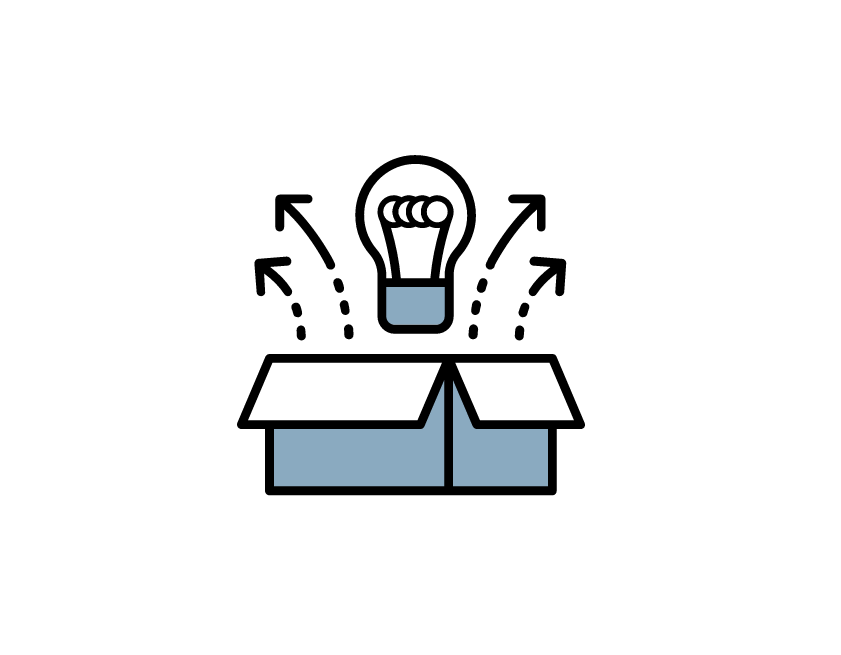
Activity resources
Tools and materials facilitating hands-on experiences, enhancing engagement, and supporting practical skill application in learning.

Job aids
Handy tools or references aiding performance on tasks.
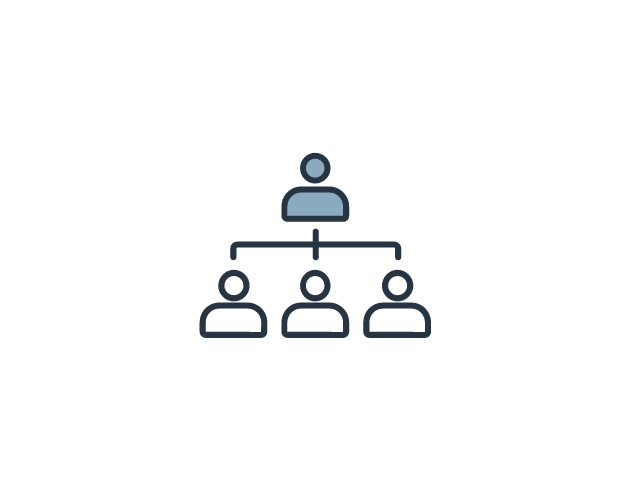
Leader kits
A collection of activities, team huddle sessions and discussion guides to facilitate group reflections or sessions to support learning transfer.

Learner workbooks
Printed or digital materials with modules, exercises, activities and case studies to guide learners through content.
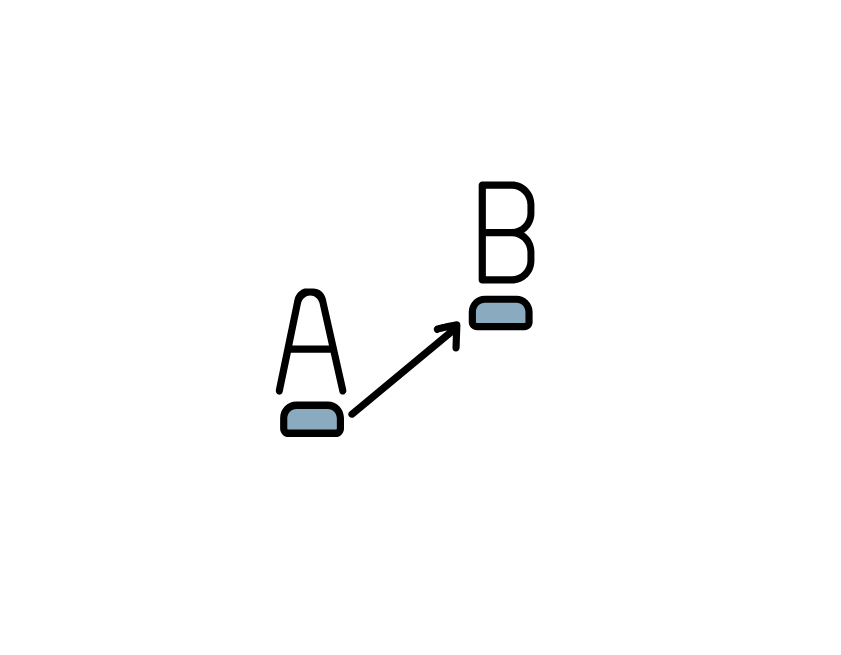
Learning architectures
Visual representation of the overall structure and design of the end-to-end learning program, including learning outcomes, delivery methods and assessment tools.
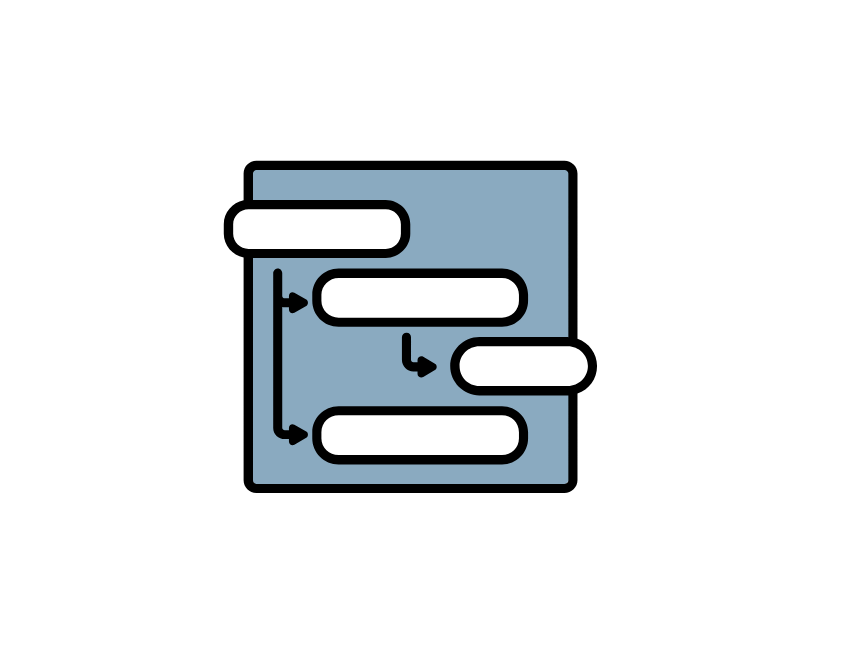
Learning pathways
Structured routes guiding learners through a sequence of content.
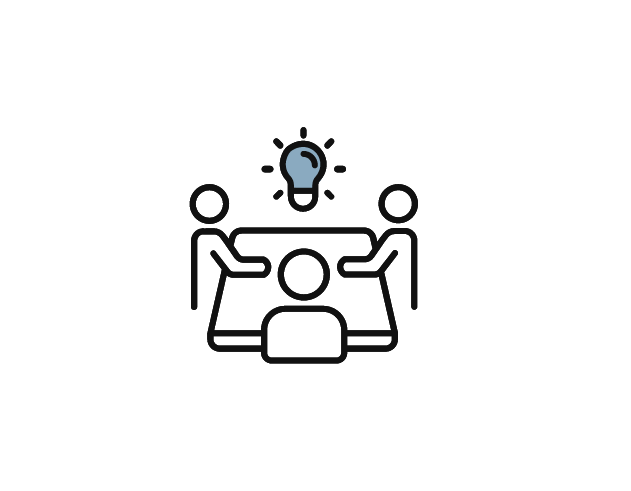
Peer pod activities
Small group exercises where learners collaborate, share insights and learn from each other's experiences.

Quick reference guides (QRG)
Compact sheets or cards highlighting essential tips, such as software shortcuts or procedure reminders.

Quizzes and assessments
Tests to gauge understanding and retention against learning outcomes.
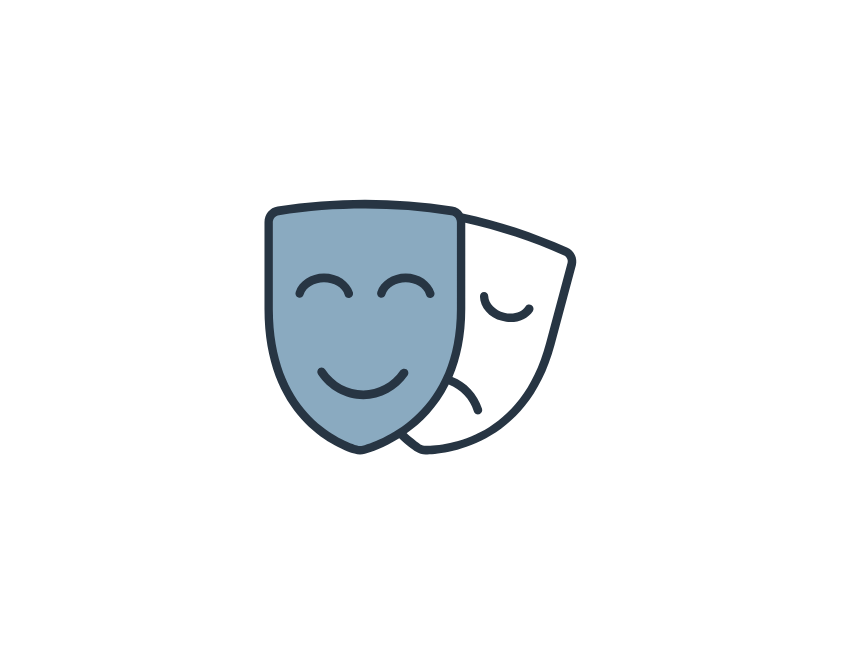
Role-playing activities
Interactive acting exercises mimicking real-world situations.

Webinars
Live, web-based video sessions focusing on specific topics.

Videos
Recorded visual content on specific learning objectives.

Podcasts
Audio content used to bring learning to life, with experienced people reflecting on their journey and providing tips for learners.
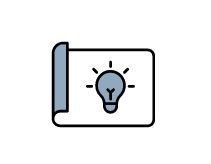
Infographics
Visual tools summarising complex information quickly and clearly.

Gamified learning activities
Learning tasks using game elements for motivation.

Graphics
Visual elements enhancing comprehension, illustrating concepts and engaging learners in educational content.

eLearning modules
Digital courses, often self-paced, covering specific topics.

Accredited training courseware
Learning materials, assessments, mapping documents, and Training and Assessment Strategies aligned to Australian Quality Training Framework.
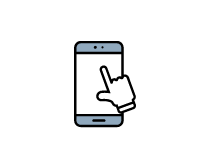
Interactive simulations
Virtual representations of real-world tasks allowing practice.
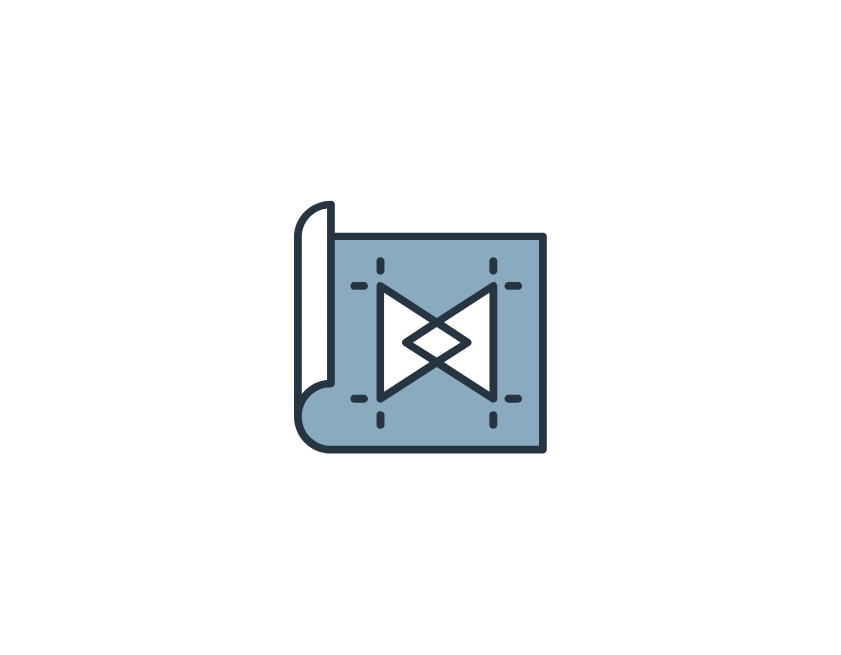
Curriculum maps
Visual representations of course structures, mapping content and assessment tasks to learning outcomes.

Embedding activity resources
Materials like flashcards, simulations, reflection questions, discussion questions and activities crafted to reinforce and cement concepts post-training.

Powerpoint presentations
Slideshows using visuals to support facilitated sessions.
Instructional design courses
Participants receive access to a comprehensive toolkit of materials, templates and guides required to be an exceptional instructional designer. Participants use the toolkit as a self-paced resource to design and develop their own learning program. An Instructional Design Certificate may be awarded on completion.
FAQs
Click on the links below to learn more about instructional design and the work of IDA.
Academic Writings by Annette Devilee Whish – Senior Instructional Design Consultant, prepared as part of the assessment for her Master of Learning Science and Technology (MLS&T)
ADDIE model of instructional design
Instructional design templates
We offer the following instructional design template packs based on the ADDIE model.
Learning methodologies
Our instructional design and learning design process includes working with clients to determine key business objectives that inform the end goal of learning programs. We explore how the business objective impacts current skills, knowledge and behaviours and then create a learning experience to enable learners to reach the desired business goal.
IDA uses a variety of adult learning theories in learning design. Our approach is driven by the concept of inquiry-based Discovery Learning, which requires learners to make connections to previous knowledge, bring their own questions to learning, investigate and critically reflect on concepts and design ways to try out their ideas.
To maximise learner engagement and transfer of learning, we design programs that offer both formal and informal learning opportunities.

Storytelling
Conveying information through narratives, making learning relatable and memorable.

Skills practice
Engaging in hands-on activities to hone specific skills through application and improve proficiency.

Site visits
Experiencing real-world settings to enhance contextual understanding and practical application.

Simulations
Immersive scenarios that allow practice and decision-making in a controlled environment.

Shared learning
Collaborative knowledge exchange, enhancing understanding through peer perspectives.

Self-paced extension activities
Providing flexibility for learners to delve deeper at their own pace.

Multimedia
Engaging visual and audio content; enhancing retention and catering to different learning styles.

Knowledge checks and quizzes
Assessing understanding and retention, and identifying areas for improvement.
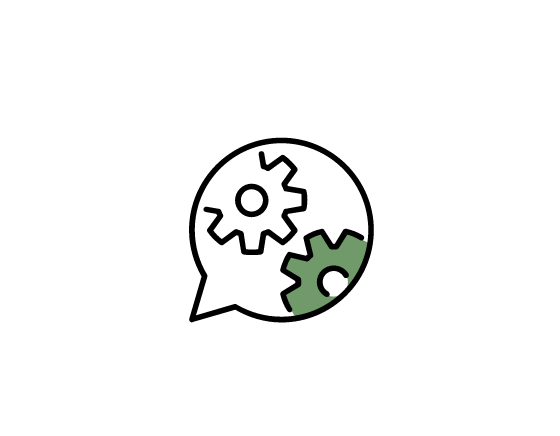
Guided discussions
Facilitated conversations that deepen understanding and explore varied viewpoints.
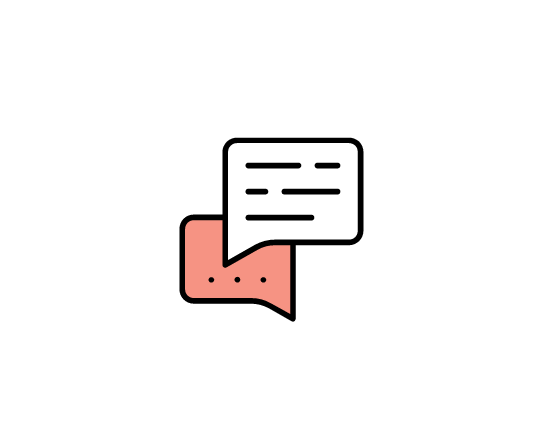
Debates
Engaging in structured arguments to develop critical thinking and perspective-taking.

Critical reflection
Examining personal experiences and beliefs, promoting deeper understanding and encouraging growth.

Critical incident analysis
Reflecting on significant events to learn and adapt for future situations.

Constructive feedback
Offering specific advice for improvement, enhancing performance and understanding.
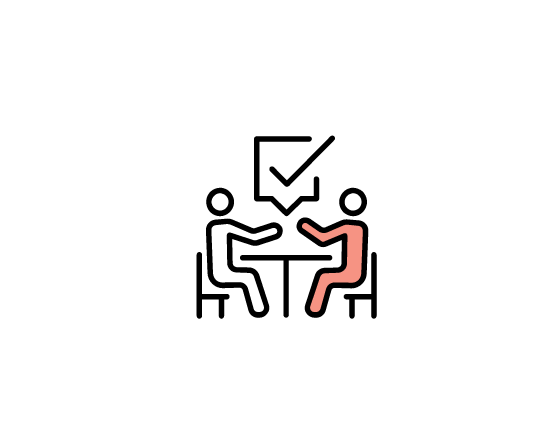
Coaching, mentoring and buddying
One-on-one guidance, fostering personal growth and skill development.

Case studies
Analysing real-world or real-to-life scenarios to apply theoretical knowledge practically.
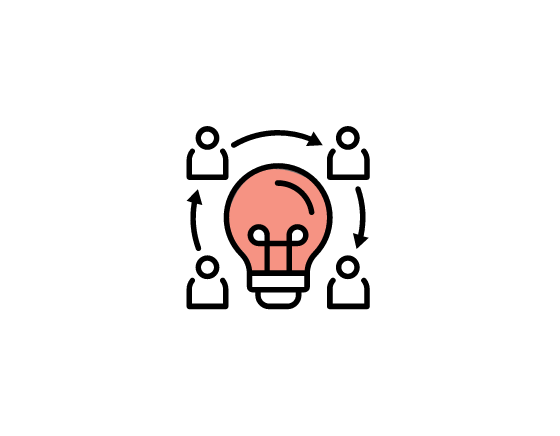
Brainstorming
Encouraging free-thinking and creativity to generate diverse ideas.

Appreciative inquiry
Focusing on strengths to empower and foster positive growth in learners.
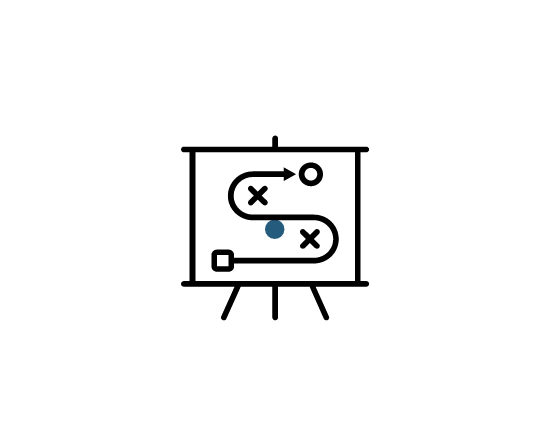
Action planning
Setting specific steps to achieve learning goals, ensuring progress and accountability.
Contact us
Instructional Design Australia (IDA) provides services to support workplace learning and change. With team members in Melbourne, Sydney, Brisbane and Perth, IDA will enable your people to engage, learn and perform.
Contact Details
Office
E: info@discoverlearning.com.au
Ph: 1300 528 736
Michael Peart
E: michael@discoverlearning.com.au
Ph: 0434 075 231
Bianca Schimizzi
E: bianca@discoverlearning.com.au
Ph: 0416 013 623
For all your Workplace Learning, Instructional Design and Learning Design needs in Melbourne, Sydney, Perth, Adelaide, Brisbane and Canberra call 1300 528 736 or make an online enquiry today.


